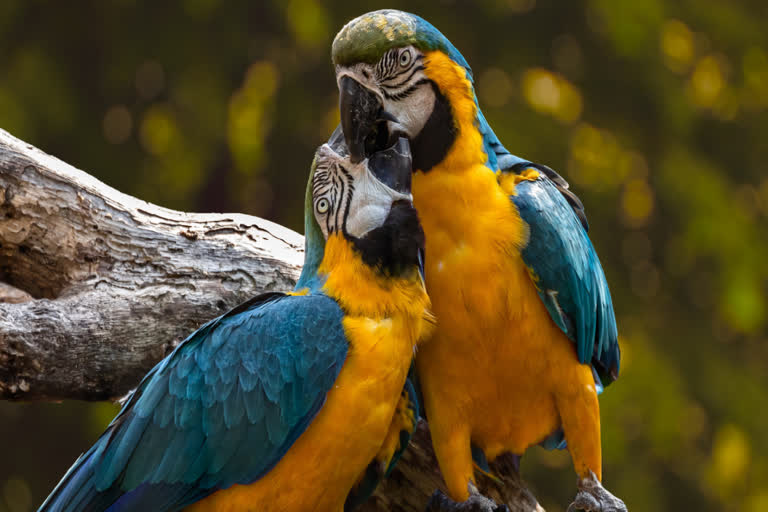New York: A team from the University of Texas at Austin, the US, discovered the fossil, which is nearly 70 million years old and has a nearly complete skull -- a rare occurrence in the fossil record that allowed the scientists to compare the ancient bird to birds living today. The team published the findings in the journal Science Advances.
The fossil is a new specimen of a bird named Ichthyornis, which went extinct at the same time as other non-avian dinosaurs and lived in what is now Kansas during the late Cretaceous period. Ichthyornis has a blend of avian and non-avian dinosaur-like characteristics, including jaws full of teeth but tipped with a beak. The intact skull let Torres and his collaborators get a closer look at the brain.
"Living birds have brains more complex than any known animals except mammals," said lead investigator Christopher Torres, who conducted the research while at the UT College of Natural Sciences.
"This new fossil finally lets us test the idea that those brains played a major role in their survival," Torres added, who is now a research associate at the UT Jackson School of Geosciences.
Bird skulls wrap tightly around their brains. With CT-imaging data, the researchers used the skull of Ichthyornis like a mould to create a 3D replica of its brain called an endocast. They compared that endocast with ones created for living birds and more distant dinosaurian relatives.
The researchers found that the brain of Ichthyornis had more in common with non-avian dinosaurs than living birds. In particular, the cerebral hemispheres -- where higher cognitive functions such as speech, thought and emotion occur in humans -- are much bigger in living birds than in Ichthyornis. That pattern suggests that these functions could be connected to surviving the mass extinction.
"If a feature of the brain affected survivorship, we would expect it to be present in the survivors but absent in the casualties like Ichthyornis," said Torres. "That's exactly what we see here."
"Ichthyornis is key to unravelling that mystery," said Julia Clarke, a professor at the UT Jackson School of Geosciences and co-author of the study. This fossil helps bring us much closer to answering some persistent questions concerning living birds and their survivorship among dinosaurs.
Also Read: Ransomware attacks hit record 300 mn in 1st half of 2021: Report
(Inputs from IANS)



